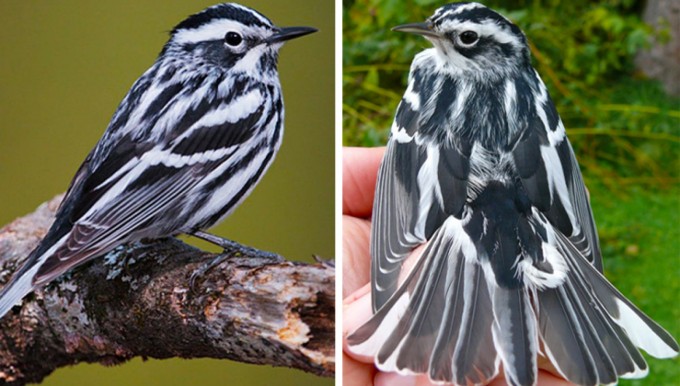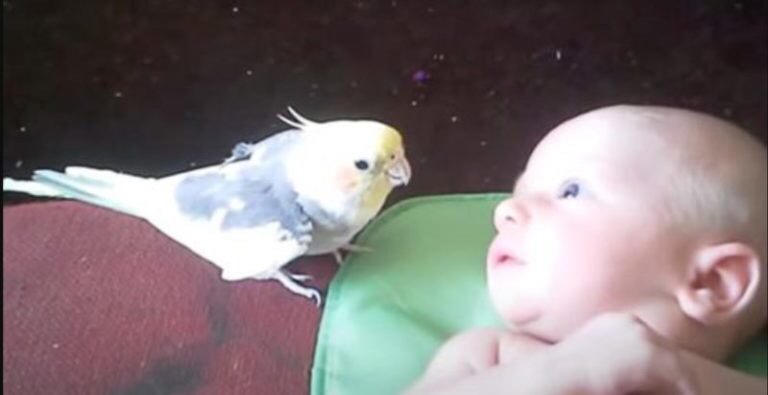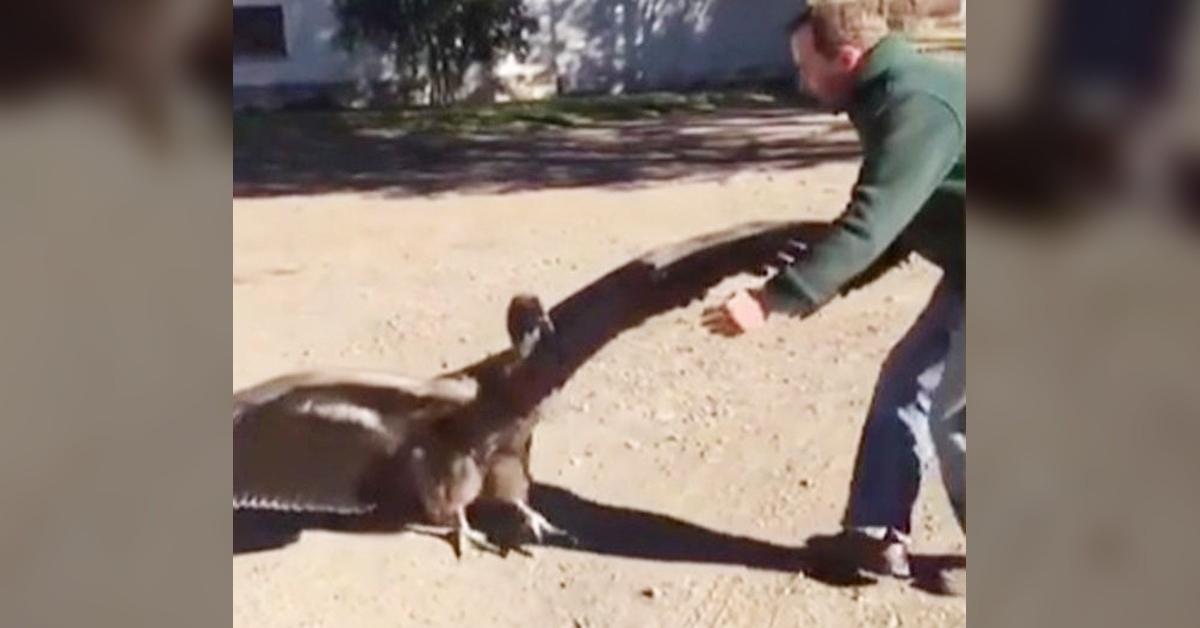They’re adorable and gorgeous! We’re all quite good at shooting nature, uncommon creatures, and birds, but what about stealthy birds like black-and-white warblers? Also, when you do see one, it may only be visible for a few seconds, so you may capture it. But how much do you know about these beautiful birds?

The Black and White Warbler (Mniotilta varia) is indeed black and white. Its unique plumage and habit of crawling over tree trunks and huge branches like a nuthatch help identify it. The Black-and-white Warbler has a wide range, breeding from central Canada to the east coast, and south to eastern Texas. Winter range extends from Florida to northern South America. It is a common spring and autumn migrant in Tennessee’s upland deciduous and mixed woodlands. Black-and-white Warblers migrate from late March to early October.

White eyebrow line, striped crown, two white wing bars, and spotted undertail coverts. In contrast to the male’s black neck and cheeks, the female’s are dull white. 5.25′′ 8′′ wingspan 0.37 lb The song is a sequence of 5–10 high, thin wee-see notes.

Blackpoll Warblers are similarly black and white, with a full black head and white cheeks. Breeding habitat includes mature deciduous and mixed woodlands. Migratory habitat includes parks and gardens as well as woods and woodlands.

Black-throated Warblers eat insects. During the spring migratory and breeding season, they feed mostly on moth and butterfly larvae. Also known as wood-borers, leafhoppers, and weevils. They eat insects that Yellow-Bellied Sapsucker sapwells attract.

The nest is frequently built on the ground near the base of a tree, rock, or fallen limb by the female. It consists of an open cup made of dried leaves, grass, and bark that is lined with finer materials and covered with dead leaves from above.

Interesting facts about warblers include: To help in its bark-foraging activities, the Black and White Warbler has small legs and an abnormally large hind toe and claw. The bill of this warbler is larger and curved than that of other warblers, allowing it to dig deep into bark crevices. Females have been recorded performing a “rodent run” display as danger approaches, in which the bird takes a stooped posture and drags its tail in an attempt to divert the would-be predator away from the nest.







